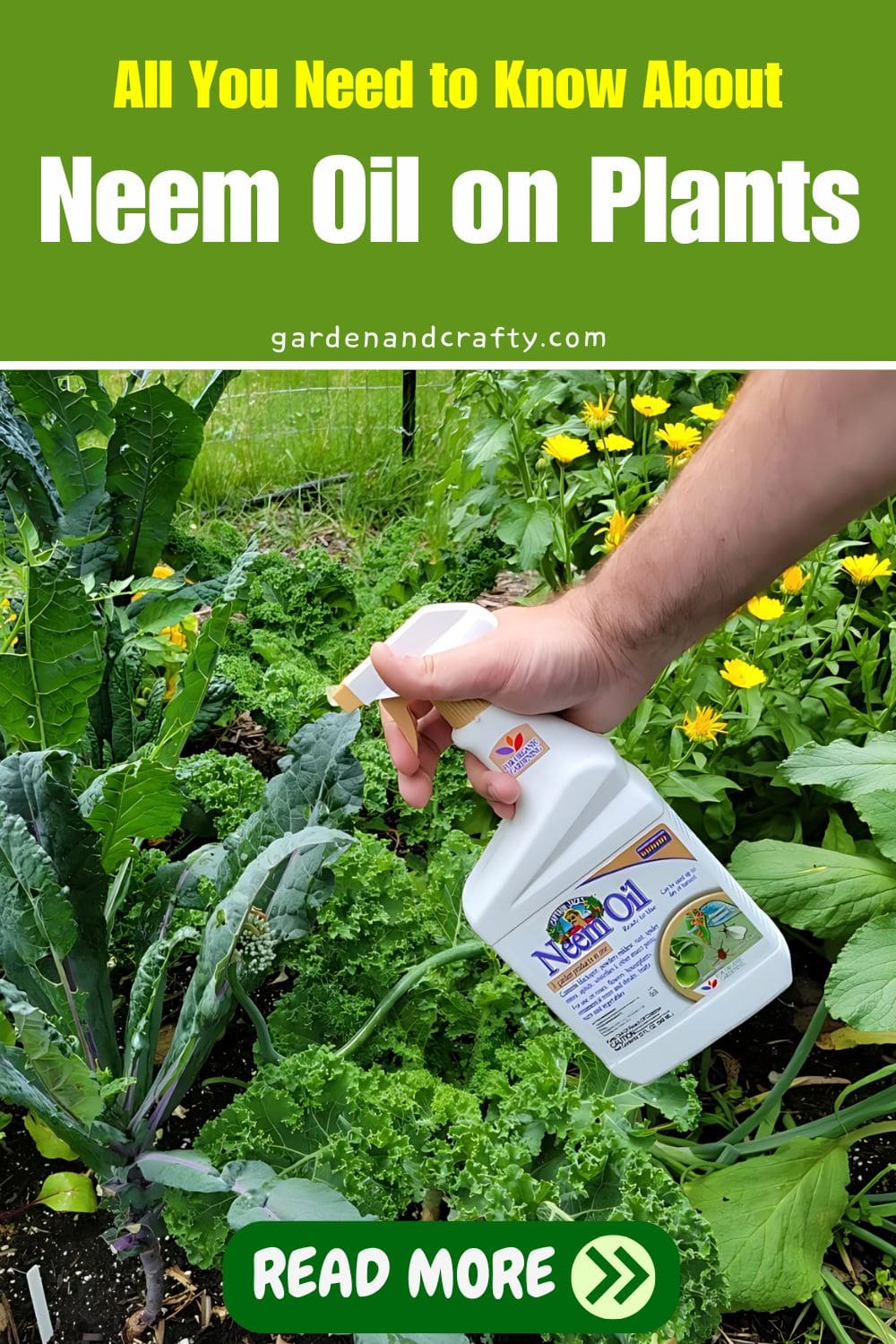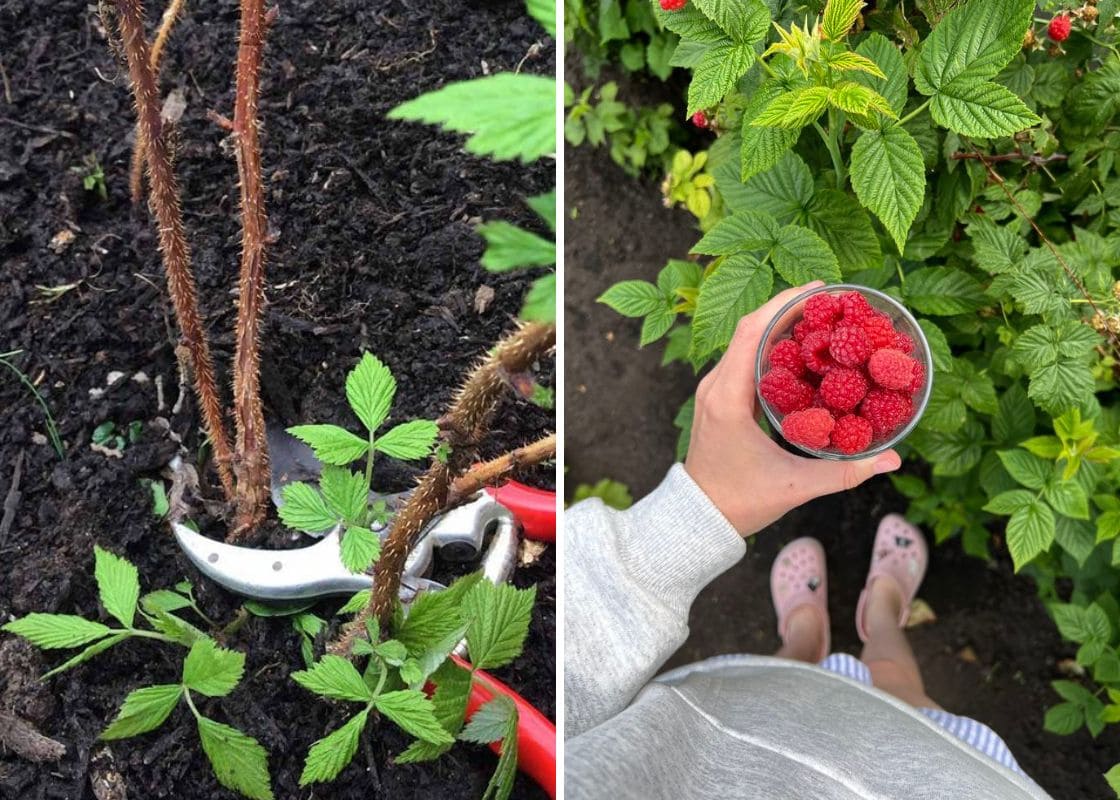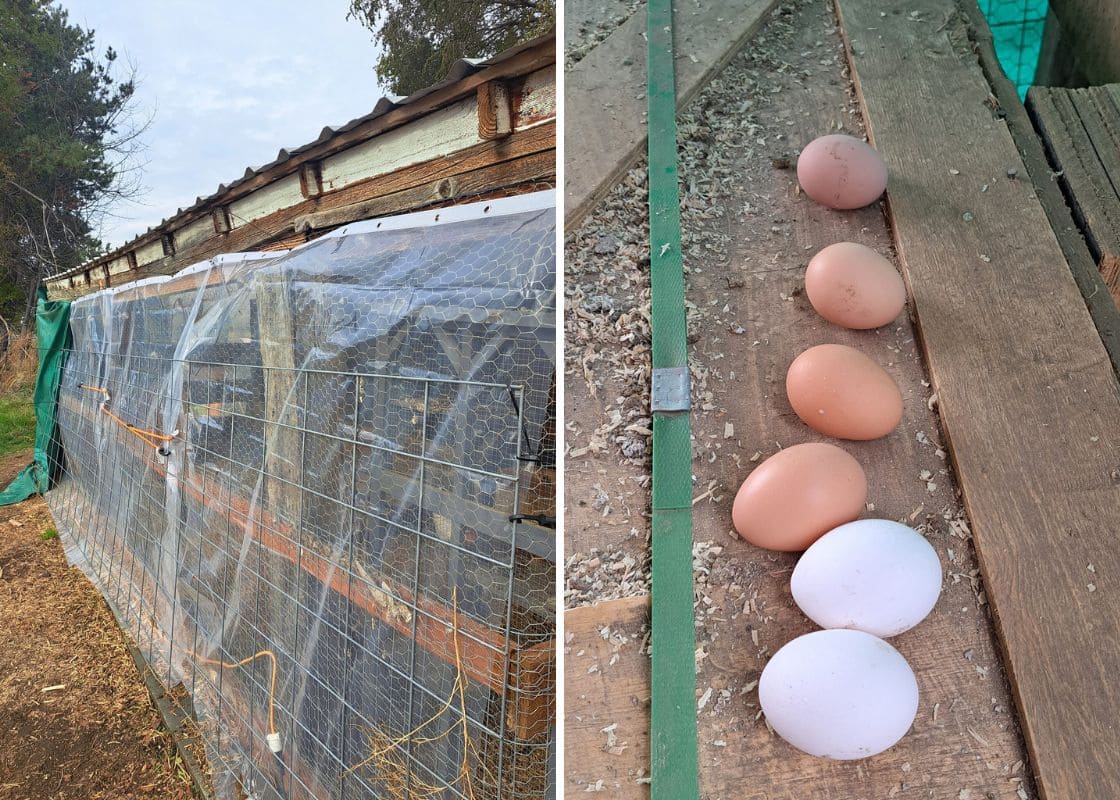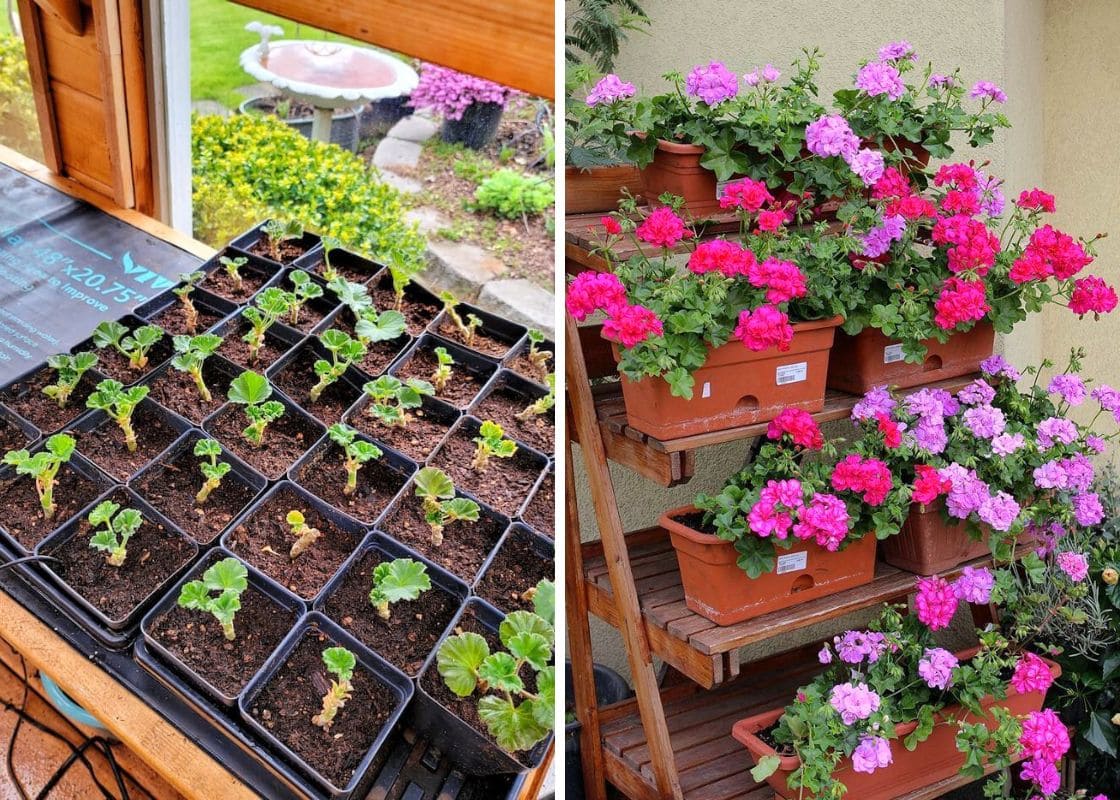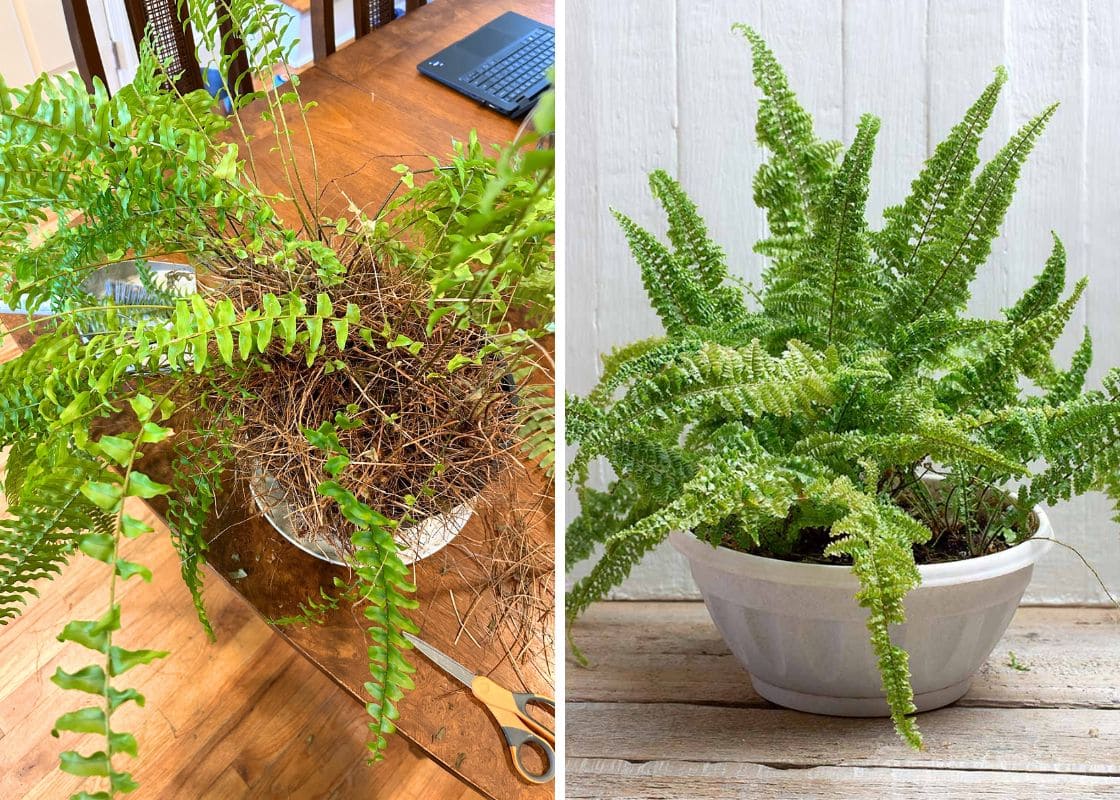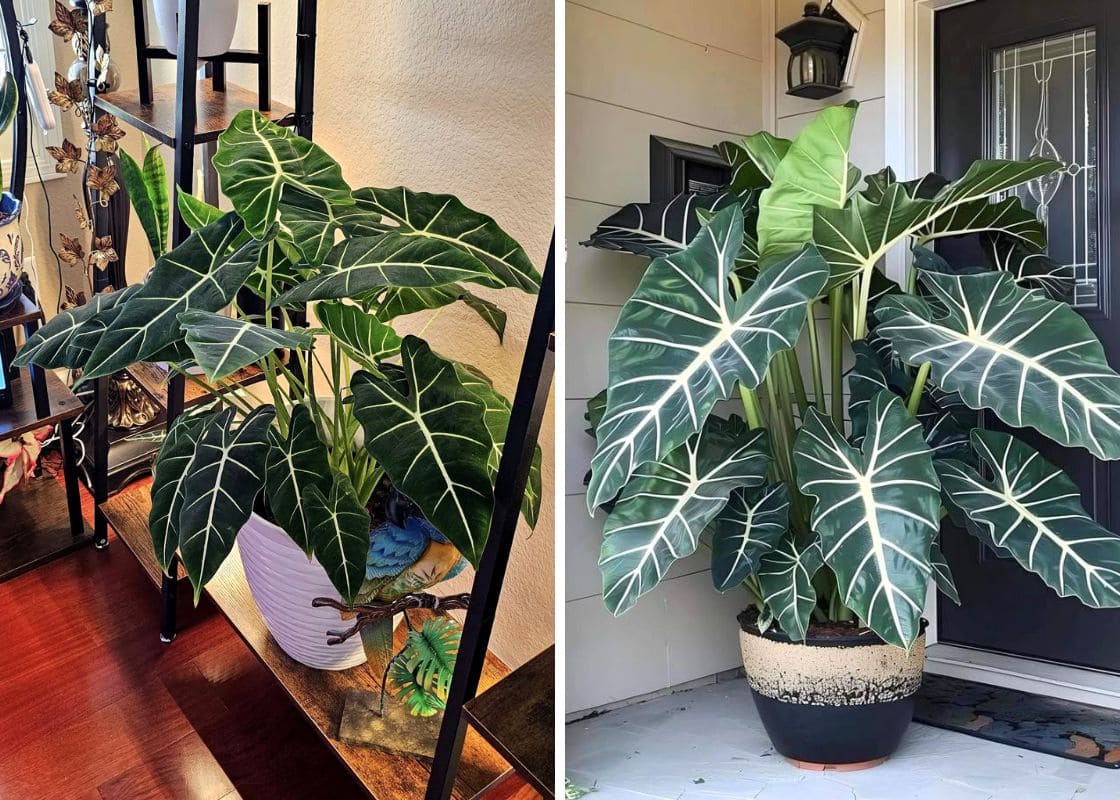Neem oil has become increasingly popular among gardeners.
This golden-brown oil is a go-to solution for those looking to keep their gardens free from harmful pests and diseases without resorting to harsh chemicals.
However, despite its popularity, many gardeners, especially those new to the hobby, often struggle to use neem oil correctly.
Misapplication can lead to disappointing results, with pests remaining unbothered and plants potentially suffering from phytotoxicity.
Summary:
- Neem oil is an eco-friendly solution for pest and disease control.
- Apply neem oil early morning or late afternoon and avoid using on sensitive or stressed plants.
- Neem oil is safe for pets, humans, and beneficial insects.
- Store neem oil in a cool, dark place to maintain its effectiveness for up to one year.
What is Neem Oil?
Neem oil has its origins in the seeds of the neem tree (Azadirachta indica), a plant revered in traditional Indian medicine and agriculture for centuries.
This oil, often golden-brown with a strong pungent aroma, is extracted through a process of cold-pressing neem seeds making an effective pesticide and fungicide.
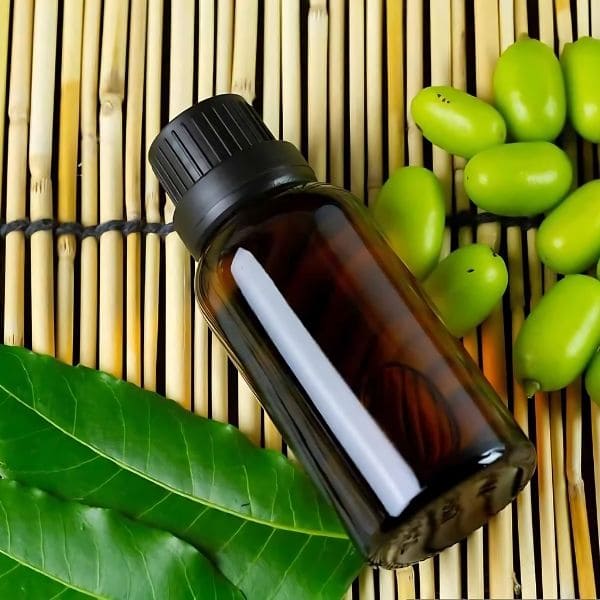
Today, gardeners can easily find neem oil products on the market ranging from $10 to $30, such as Bonide Neem Oil and Garden Safe Neem Oil Extract.
When you’re choosing a neem oil product, it’s crucial to read the product label carefully to understand exactly what pests or diseases the product controls.
Look under the “Active Ingredient” section of the label to identify the type and concentration of neem it contains, especially the amount of Azadirachtin, which is the main pesticidal compound.
Don’t focus too much on marketing hype on product labels. My vegetable garden often faces aphids, so I myself look for a product containing a higher Azadirachtin content .
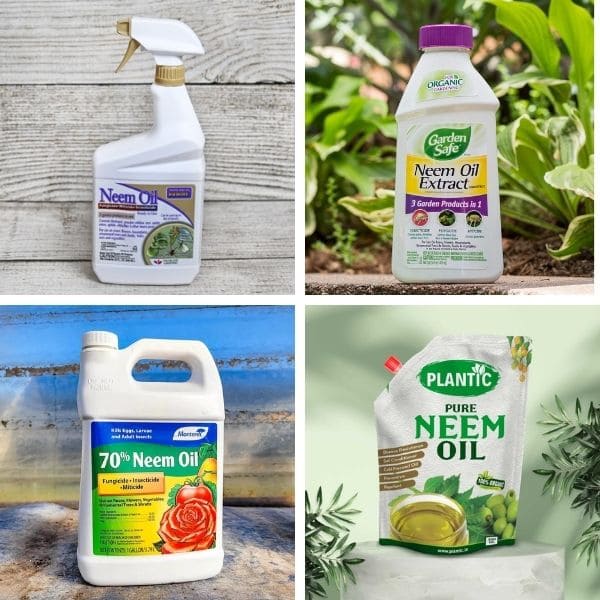
How Does Neem Oil Work?
Neem oil contains Azadirachtin, Nimbin, Nimbidin, Nimbolide, Gedunin, and Salannin. This compound disrupts insect growth and reproduction, making it effective against a wide range of garden pests.
Among these substances, Azadirachtin is the star player, interfering with the hormonal systems of insects, preventing them from feeding, molting, and laying eggs.
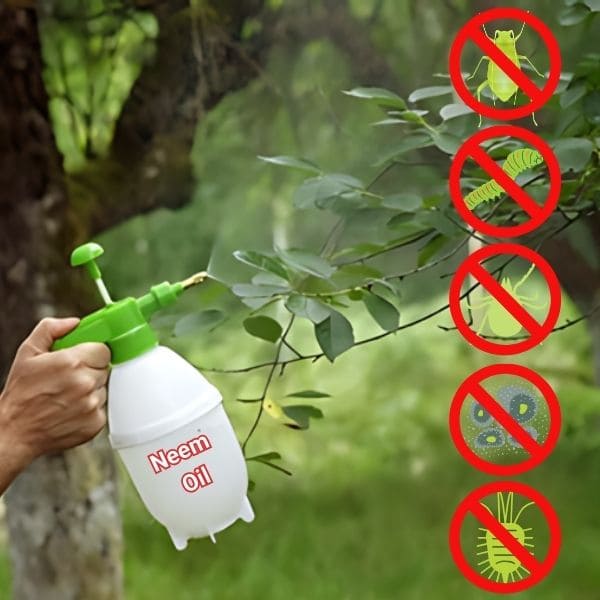
Neem oil also works as a systemic insecticide, meaning it gets absorbed by the plant and spreads throughout its tissues, so even the pests that aren’t directly sprayed still get affected.
In addition, the oil creates a hostile environment for fungal spores, stopping their growth and spread.
Benefits of Neem Oil on Plants
Broad-Spectrum Pest Control
Neem oil offers incredible broad-spectrum pest control due to Azadirachtin. This compound interferes with the life cycles of pests like aphids, whiteflies, spider mites, caterpillars, and mealybugs.
Azadirachtin disrupts their feeding, molting, and reproduction processes, significantly reducing pest populations.
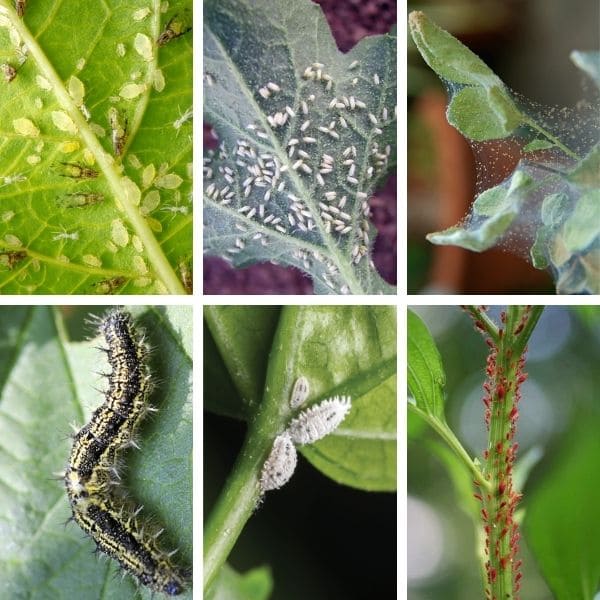
Disease Control
Thanks to Azadirachtin, Nimbin, and Salannin, neem oil can inhibit the growth and reproduction of fungal spores.
These compounds disrupt the cell membranes of fungi, preventing them from establishing and spreading, so neem oil can fight powdery mildew, black spot, rust, and downy mildew.
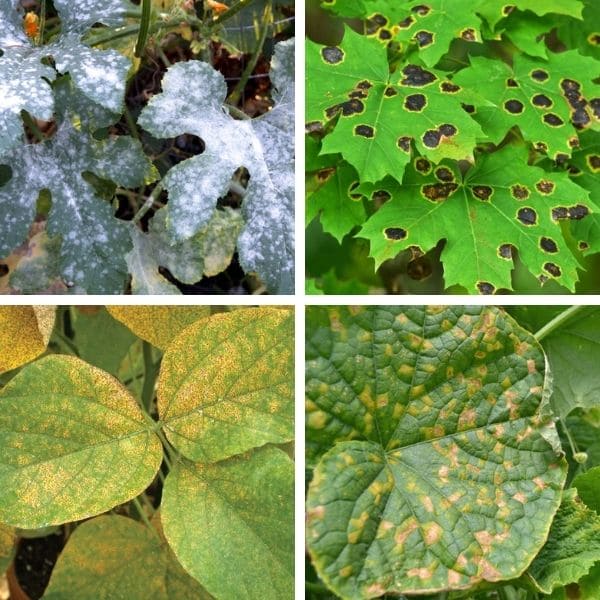
Environmental Benefits
Neem oil is eco-friendly and biodegradable, breaking down naturally without leaving harmful residues in the soil or water.
By using neem oil instead of synthetic fertilizers and pesticides, gardeners can significantly reduce plastic waste and chemical runoff.
If more gardeners adopt neem oil, it could potentially reduce plastic waste from agricultural products by up to 30%, while also decreasing soil and water pollution by a similar margin.
Safety for Beneficial Insects and Pollinators
Neem oil is remarkably safe for beneficial insects and pollinators, such as bees, ladybugs, and butterflies.
It affects only the pests that feed directly on treated plants, so pollinators can continue their essential work of pollinating flowers and crops.
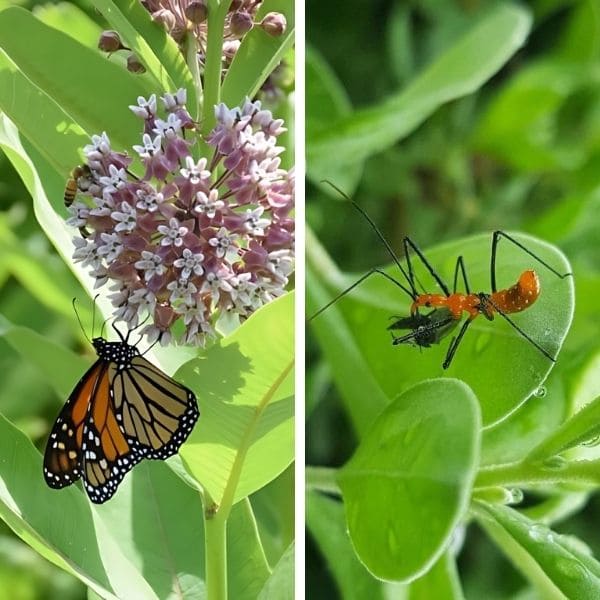
When to Apply Neem Oil on Plants
The ideal times for application neem oil are early morning or late afternoon. This is when the sun isn’t too harsh, reducing the risk of burning the plant leaves.
Besides, you should apply neem oil during the growing season, when plants are most active and pests are prevalent.
As I see, spring and summer are the peak times for pest activity, so I make it a point to regularly check my plants during these seasons.
If you are a novel gardener, focus on chewed leaves, discolored foliage, and visible pests like aphids or spider mites.
Generally, applying neem oil every 7 to 14 days as a preventative measure works well. However, if there’s an infestation, I increase the frequency to every 5 to 7 days until the issue is under control.
How to Use Neem Oil on Plants
Now neem oil products come in two main types: those labeled “ready to use” and those labeled “concentrate.”
The “ready to use” neem oil comes in a pre-mixed liquid form, and you simply follow the instructions on the label for direct application. These are convenient and great for quick use.
For those labeled “concentrate,” you’ll need to prepare the solution yourself. This type is more cost-effective in the long run and allows you to mix the right concentration for your needs.
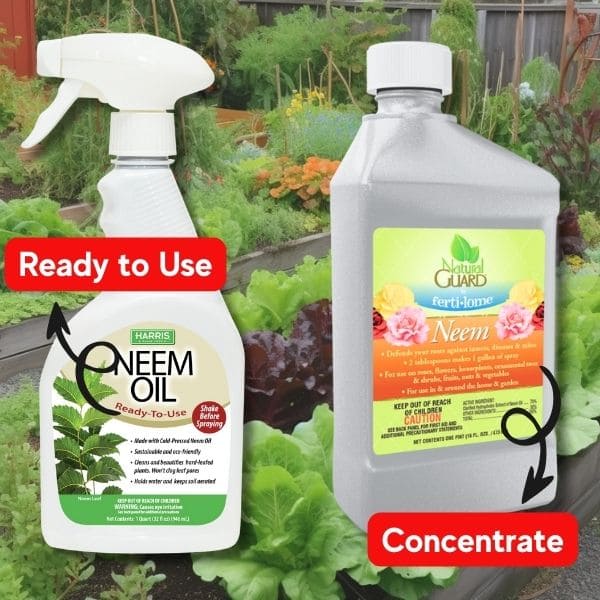
Here is the instruction I made DIY neem oil spray that you can follow:
You’ll need pure neem oil, water, and a mild liquid soap as an emulsifier.
Next, mix one teaspoon of neem oil with one quart of water, adding a few drops of liquid soap. For larger batches, use one ounce of neem oil per gallon of water with one to two teaspoons of soap.
Finally, shake the mixture well to ensure it’s thoroughly combined, then you can apply it into affected plants.
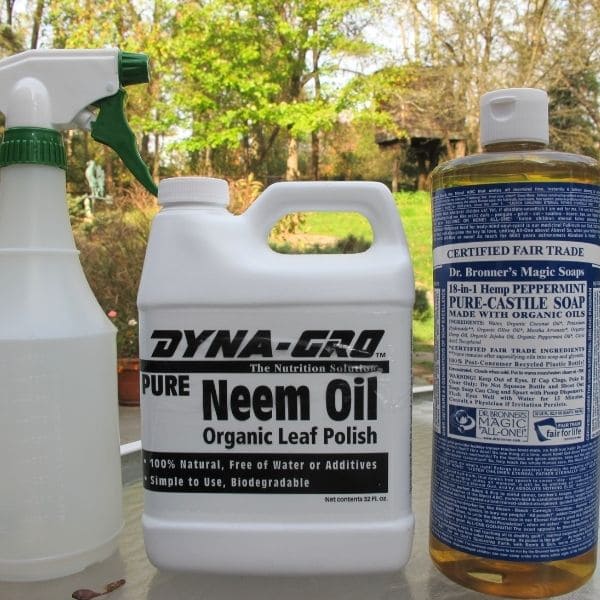
Interestingly, when applying neem oil, you can implement one of three methods:
Foliar spray: You can spray undersides where pests tend to hide. This method works wonders for dealing with surface pests like aphids and mites.
Soil drench: You pour it directly into the soil around the base of the plant to deal with soil-borne pests and provide systemic protection as the plant absorbs the neem oil through its roots.
Trunk injection: You inject the neem oil solution directly into the trunk. I haven’t had to use this method myself, but it’s good to know if you have larger plants or trees that need treatment.
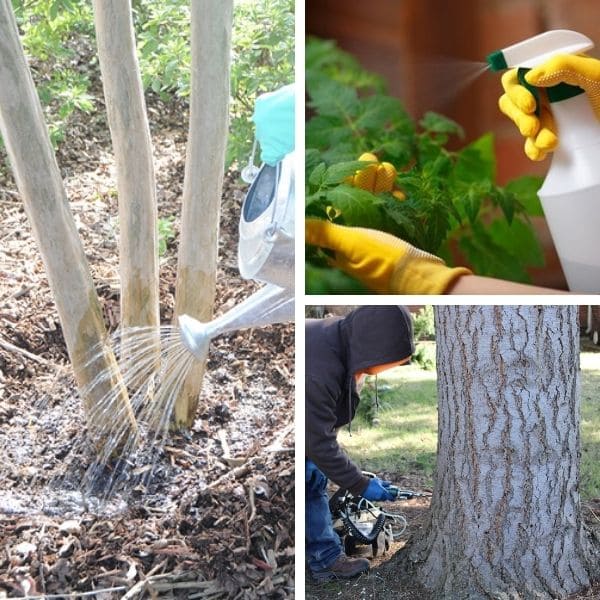
Notes When Using Neem Oil
Safety First
Neem oil has a potent scent, similar to garlic and sulfur, which can be quite strong. Therefore, you need to wear gloves to protect your skin, and consider using a mask to prevent inhalation.
Also, keep pets and children away from treated areas until the solution has dried.
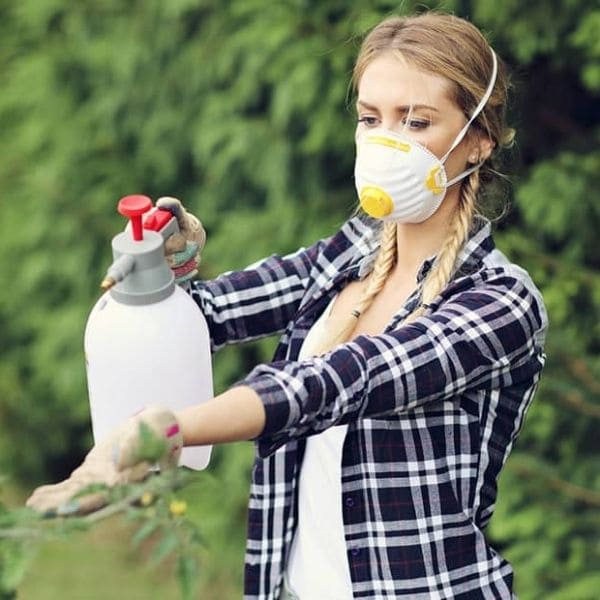
Potential Phytotoxicity
You should test the solution on a small part of the plant first and wait 24 hours. If there’s no adverse reaction, proceed with a full application.
You also need to avoid spraying during the hottest part of the day; early morning or late afternoon is best.
In addition, don’t apply neem oil to sensitive plants like ferns, gardenias, seedlings, transplants and newly planted plants.
Storage and Shelf Life of Neem Oil
Store neem oil in a cool, dark place in an airtight container to prevent oxidation.
It typically has a shelf life of about one year. You’d better label the date when you first open it to keep track of its freshness.
FAQs
Is neem oil safe for pets and humans?
Yes. It is biodegradable and non-toxic, but it’s always a good idea to wear gloves during application to avoid skin irritation.
How long does neem oil last on plants?
Neem oil remains effective on plants for about 7 to 14 days. Its potency can diminish due to factors like rainfall, irrigation, and sunlight exposure. Reapply as needed, especially after heavy rain or watering.
Can you eat vegetables sprayed with neem oil?
Yes. However, wash them thoroughly before consumption to remove any residual oil. Neem oil breaks down quickly, making it safe for use on edible plants.
Does neem oil repel mosquitoes?
Yes. Its strong scent can deter these pests when applied to skin or used in natural mosquito repellent products.
